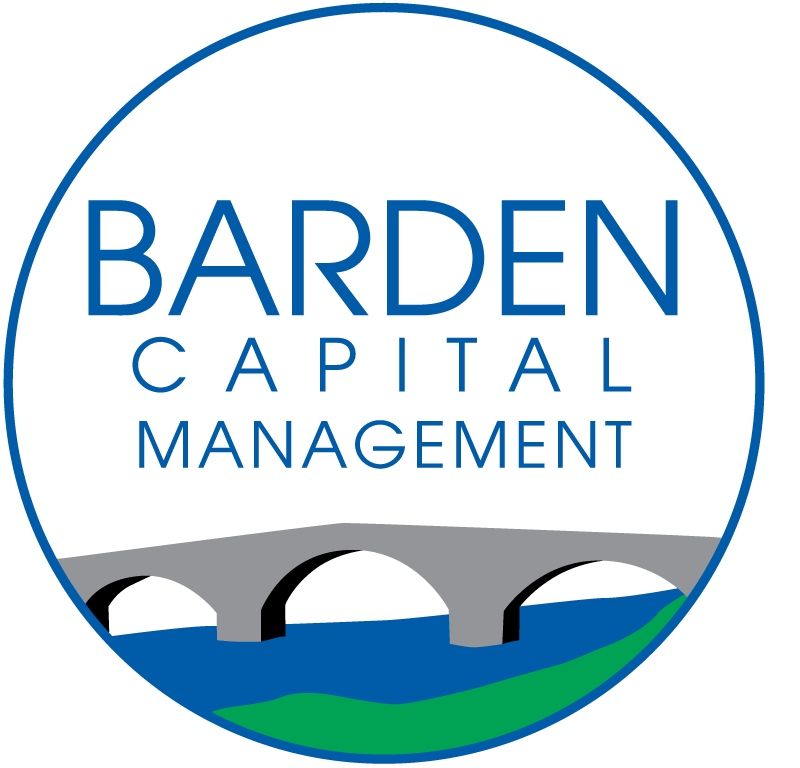Economic Signs of Life
The economic vital statistics suggest that the economic recovery will persist for at least another year. Companies are slowly increasing their payrolls as business confidence in the recovery improves. Cash in corporate savings accounts has never been higher. Even though corporate profits have recovered to their pre-recession levels, final demand has not, suggesting that profit growth will continue.
Auto sales, which fell approximately 50% during the crisis, are slowly improving, yet they’re still 30% below pre-recession levels. Factories and service industries are no longer downsizing at the rate of 2008. But, they’re still not hiring at a pace consistent with normal economic conditions. This suggests that hiring will accelerate over 2011. As consumer demand improves, corporations will have to increase their workforce to meet increasing demand.
Profit Growth is Highly Leveraged to the Recovery
Exceptional corporate profitability is the consequence of operating with low overhead. Increased revenue is flowing straight to the bottom-line. This is the most profitable stage of the economic cycle.
The biggest cost swings for corporations come from wages and interest rates. Commodities, which seem to grab most of the headlines as a predictor of inflation, are relatively insignificant factors to the corporate bottom-line. Subdued wage growth, low interest rates, and improving final demand is a potent combination that yields explosive profit growth.
Still in the Early Stages of the Recovery
Analysts are forecasting an all-time high for S&P 500 earnings in 2011, yet even the most pessimistic economists don’t foresee a recession this year. The peak in profits for the current economic expansion likely won’t occur until 2013 or later. It’s quite typical for a bull market to peak when profits peak. During periods of strong earnings growth, investors seem willing to pay twenty times peak earnings. If this holds true, the S&P 500 will peak somewhere above 2,100–about 65% higher than today.
A widely respected analyst, Laszlo Birinyi of Birinyi and Associates recently projected the peak of the current bull market would be 2,854 for the S&P 500 (closed at 1275 today) in September of 2013. He bases his projection on the duration and rate of appreciation of past bull market cycles dating back to 1962. As the disclaimer says, past performance does not indicate future results. We are facing unique challenges and circumstances, but as Mark Twain said, “History doesn’t repeat itself, but it does rhyme.”
Turbulent, but Positive Market Performance
The markets were solid in 2010. It’s hard to complain about double digit returns for pretty much everyone except the most conservative investors. Bonds, stocks and commodities all had great years. For only the second time since 1960, each of the ten economic sectors in the S&P 500 was positive.
2010 was somewhat maddening for the traditional investor. Underneath the robust returns, the internal character of the markets was mystifying. After the market bottomed in 2009, the recovery rally was led by companies that had underperformed for years.
High Short Interest Was the Best Predictor of Outperformance
Many of 2010’s biggest winners had high valuations with low earnings growth. Their high debt levels led many investors to believe that these companies were terminal—it was only a matter of time. Professional hedge fund managers look for situations like this. Typically, a large part of a hedge fund portfolio is comprised of short positions. In a short sale transaction the manager first sells shares that they “borrowed.” They hope to capitalize on a decline in the price of the stock, after which they’ll buy back the shares at a cheaper price than what they sold them. After the loan is covered, the profit is the difference in the price at which the shares were sold and the price at which the shares were purchased. It’s no different than a conventional trade except the transaction to sell precedes the transaction to buy.
To make a long story short, with the apocalypse averted, many companies were granted a new lease on life. Rock bottom interest rates allowed these debt-ridden companies to refinance with more favorable terms. These companies were drowning, and the debt markets handed them a life preserver. The stocks of these companies skyrocketed as the hedge funds were forced to buy back the shares that they sold short.
Junk Stocks Dominated Quality Stocks in 2010
It’s not uncommon to see some of the junkiest stocks up ten-fold from the bottom. We still own a couple of these companies in our portfolio. We purchased Terex, TEX around $40 and rode it all the way down to single digits. Fortunately, we doubled our number of shares and have since benefitted from a recovery back up to $30.
Terex is an exception for us. Most of our portfolio is in high quality companies with future cash flow projections that don’t seem to be reflected in the price of the stock. Typically, the first year or so of a new bull market is led by junk stocks as hedge funds buy back shares sold short. As the recovery matures, junk stocks give way to higher quality companies that have the fiscal capabilities to successfully compete and grow earnings regardless of the economic environment.
We Favor Quality over Junk Stocks
High quality growth stocks are objectively and relatively undervalued. Stocks with downward earnings revisions, slow earnings growth and high debt underperform over the long run. As frustrating as it can be to underperform the market by a percent or two in a given year, I’m always willing to sacrifice short-term performance if it leads to more robust returns over the long-run.
U.S. Outperformance Should Continue in 2011
Going into 2011, it appears that the U.S. market is poised to outperform. A stronger dollar relative to the Euro creates a substantial headwind for international stocks. International valuations also appear to be discounting more of the current recovery than U.S. stocks. Consequently, we are going into 2011 with lighter international exposure.
The most dangerous asset class appears to be U.S. Treasuries. Our fixed income strategies have shifted towards shorter term bonds that will decline less in a rising interest rate environment, and we are also increasing our ownership of higher yielding corporate bonds. It seems that if a company survived 2008, they are likely to make it a few more years. With yields as high as 8% for debt with only a two year term, investors are getting ample compensation to assume the unlikely risk of a spike in bankruptcies over the next two to three years.
No Textbook for These Times
Overall, I expect 2011 to be a fairly productive year for investors. But there are still some oddities in this market. The so called safe haven bonds appear fairly risky while no one seems to have any interest in safe haven stocks. Gold skyrockets but inflation approaches 50 year lows. The U.S. runs a record deficit yet investors increased their allocation to U.S. debt. As Warren Buffet said, “if past history were all there was to the game, the richest people would be librarians.” We’ll continue to navigate these unchartered waters the best we can. By relying on time-tested valuation approaches we decrease our potential to overpay for an investment.
We would have had a higher return in 2010 by concentrating in more aggressive investment strategies. But, high quality stocks are very cheap on a relative and objective basis. As the economy continues to recover, we should do very well. Yet, given the unique uncertainties of the era, safety first still seems to be the most prudent investment approach.

